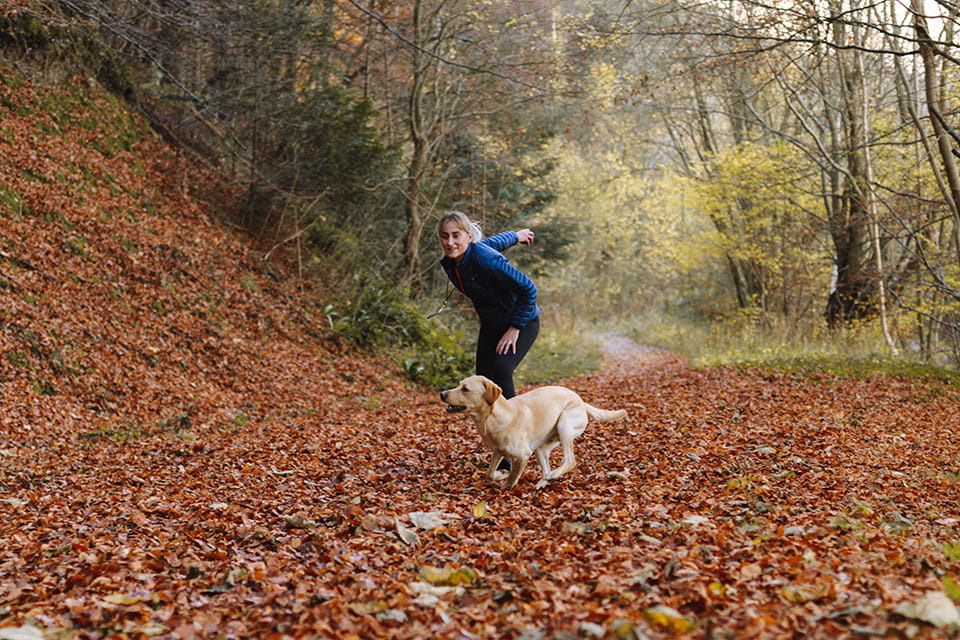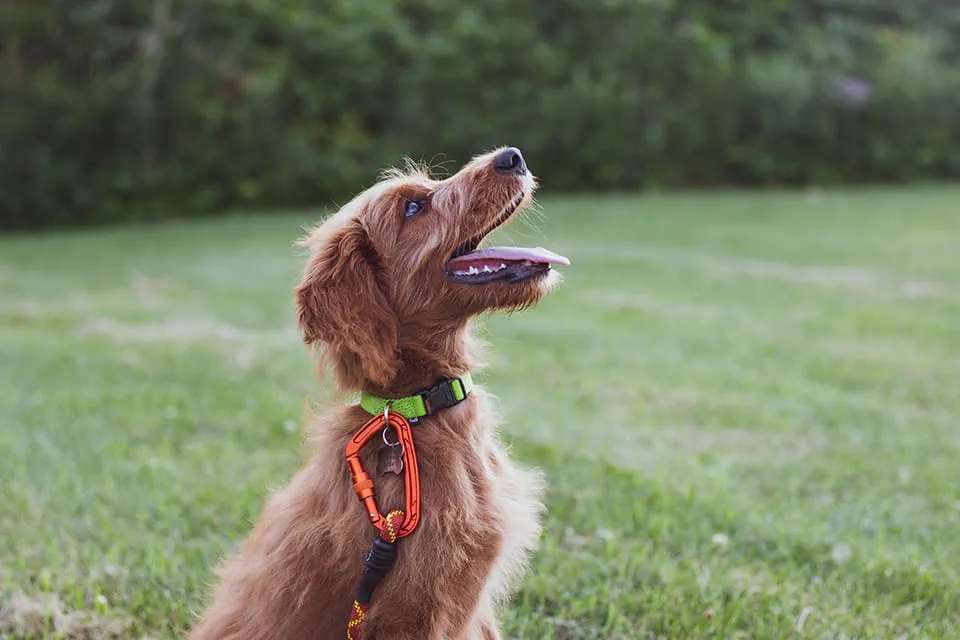Train your dog with these handy tips
Train your dog easily with these handy tips!
There are a few different theories on dog training, but most people would agree that it's important to have some control over your pet. The old maxim that you can't teach an old dog new tricks is not necessarily true either – it's possible to train old and young dogs and it's a good way of reinforcing your bond with them. Dogs are intelligent animals and can become bored if not trained.
Why is training important?
Dog training gives you some influence over a few critical areas of your dog's lifestyle:
- How they behave on walks / off the lead
- How they interact with other dogs and other people
- How and when they eat
- House training your puppy
Of course, dogs are animals with natural instincts and it's never possible to exert complete control over them or predict how they will behave, but training makes all of the above easier. If you want to let your dog off the leash in areas where there are other people or animals are around, then training is a must.
Dog training is also a good way of counteracting any negative behaviour – or stopping it from occurring in the first place. Negative dog behaviours include aggression, excessive barking, phobias which restrict their lifestyle (e.g. fear of cars) and destructiveness, such as chewing.

Dog training methods
All training methods are essentially reward based, but there are some nuances.
1) Using food
The use of treats to guide your dog around is a favourite of dog trainers. Dogs respond most favourably to food. You can hold a treat by your dog's nose, then raise it so that they sit. Once the dog has sat – you give them affection to reinforce the training. You can also teach your dog to come to you by putting a leash and collar on them, getting down to their level and gently pulling while saying 'come'. Again, when the dog comes this is rewarded with a treat. Once this is working you practise doing it with the leash off – but only in a safe enclosed space until you master it.
2) Clicker training
Clicker training is also known as marker training because it allows you to mark teachable moments with your dog. The clicker makes a noise which is associated with a verbal command or an action. The clicker is still used in conjunction with treats as dogs do need positive affirmation to know that they have done a good action which should be repeated. The clicker is preferable to voice signals as it's a clear, consistent sound which the dog can learn to interpret, with no emotional connotations to confuse things. Consistency is key to training here – every time you click the dog must get a treat – even if you have clicked accidentally! Don't operate the clicker too close to your dog's ears as they are sensitive.
Whichever method you use, your dog will respond best to training in a quiet, distraction free environment, with a patient owner who plans short, fun sessions so that the dog doesn't feel overwhelmed.
What can I train my dog to do?
Dogs are incredibly intelligent animals and you only have to go on YouTube to see the amazing myriad of things they can be trained to do! However, assuming that you won't be teaching your dog to dance or surf, the main commands are: sit, stay, lie down, and come.

Puppy house training
Train your puppy between 12-16 weeks, at which point they should have developed enough bladder and bowel control. The process can take anywhere between 4 months to one year depending on the size, breed and nature of your dog. If you get your puppy or dog at older than six weeks and they have already formed bad habits, then you will have to retrain them. The training process is reward based and should never involve punishment, even though there will be setbacks. The aim is to build a loving bond with your dog.
Creating a schedule
Feeding
- The puppy training works on the basis of building up a regular feeding schedule with your dog and taking away their food in between meals.
Eliminating
- The puppy must be taken out first thing in the morning and last thing at night, as well as every 30-60 minute intervals in between. Stay with them outside until they have done their business. Revisiting the same spot will prompt your puppy to go once they pick up their smell. Once they have gone outside, reward them with a treat or a walk.




